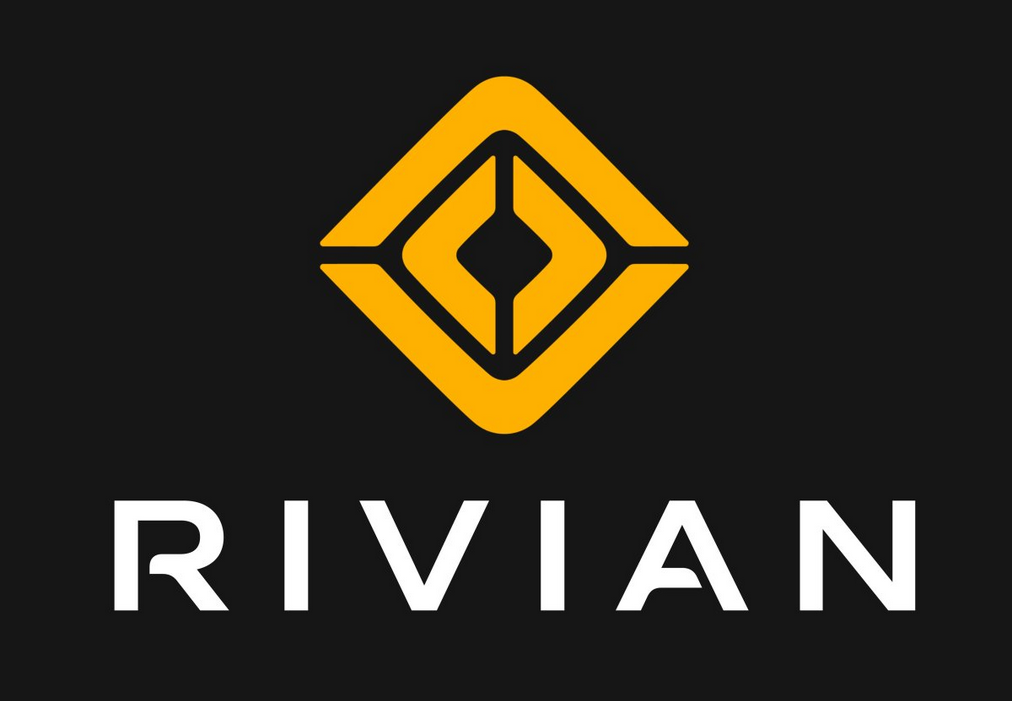
Featured Articles
Rivian’s most recent Q3 numbers are both a statement and a warning.
On one hand, you have a solid revenue beat. On the other hand, you have the structural challenge of turning that growth into sustainable profit.
Indeed, Rivian continues to gain momentum, but the path to profits is still long. I’ll explain that in a moment, but first, let’s take a look at the numbers …
- Rivian reported revenue of $1.56 billion for Q3 2025, up ~78% year-over-year, and beating expectations (around $1.50–$ 1.52 billion).
- Deliveries for the quarter clocked in at 13,201 vehicles, marking one of Rivian’s strongest quarterly results.
- Software & Services revenue surged to ~$416 million.
- Gross profit came in at around $24 million for the quarter. This is a slight improvement, but nothing to get too excited about.
- The company narrowed 2025 delivery guidance to 41,500 to 43,500 vehicles and increased full-year adjusted EBITDA loss guidance to about $2 billion to $2.25 billion.
Now the beat does matter because it shows Rivian is getting closer to scale. More vehicles, more software revenue, more JV monetization. These are all steps in the right direction.
The software & services surge shouldn’t go unnoticed, either. For a “hardware-heavy” EV maker, revenue diversification into software/recurring services is a major structural upgrade. That changes the business model from “just selling trucks” to “selling platforms, services, and ecosystems.”
But risk does remain.
First, the margin story is not yet there. A gross profit of $24 million on $1.56 billion of revenue is nice, but not enough to shift the narrative toward near-term profitability.
Second, we can’t ignore the fact that EV incentives (such as the US federal tax credit) are uncertain. Demand softness continues to loom, and competition remains intense. Rivian is not insulated from any of this.
Still, the company is definitely doing a lot better than some had anticipated earlier this year.
With the beat in Q3, the next hurdle will be whether management can show margin improvement, cost discipline, and progress on the midsize R2 launch, which could be a legitimate game-changer for the company given the $45,000 price point.
The way I see it, Rivian’s Q3 is a story step, not a story end.
The narrative of scaling, software growth, and platform transition is intact, and maybe even strengthened a bit. But the market will ask: “When do we stop funding losses and start counting profits?” If Rivian can show tangible margin improvement and better cost per vehicle (especially as the R2 rolls out), then this quarter will be looked back on as the turning point.
For now, if you’re bullish, this is the moment to lean into the long-term thesis (software, scale, R2). If you’re cautious, treat this as a checkpoint, not a guarantee. Because the race is still on.



